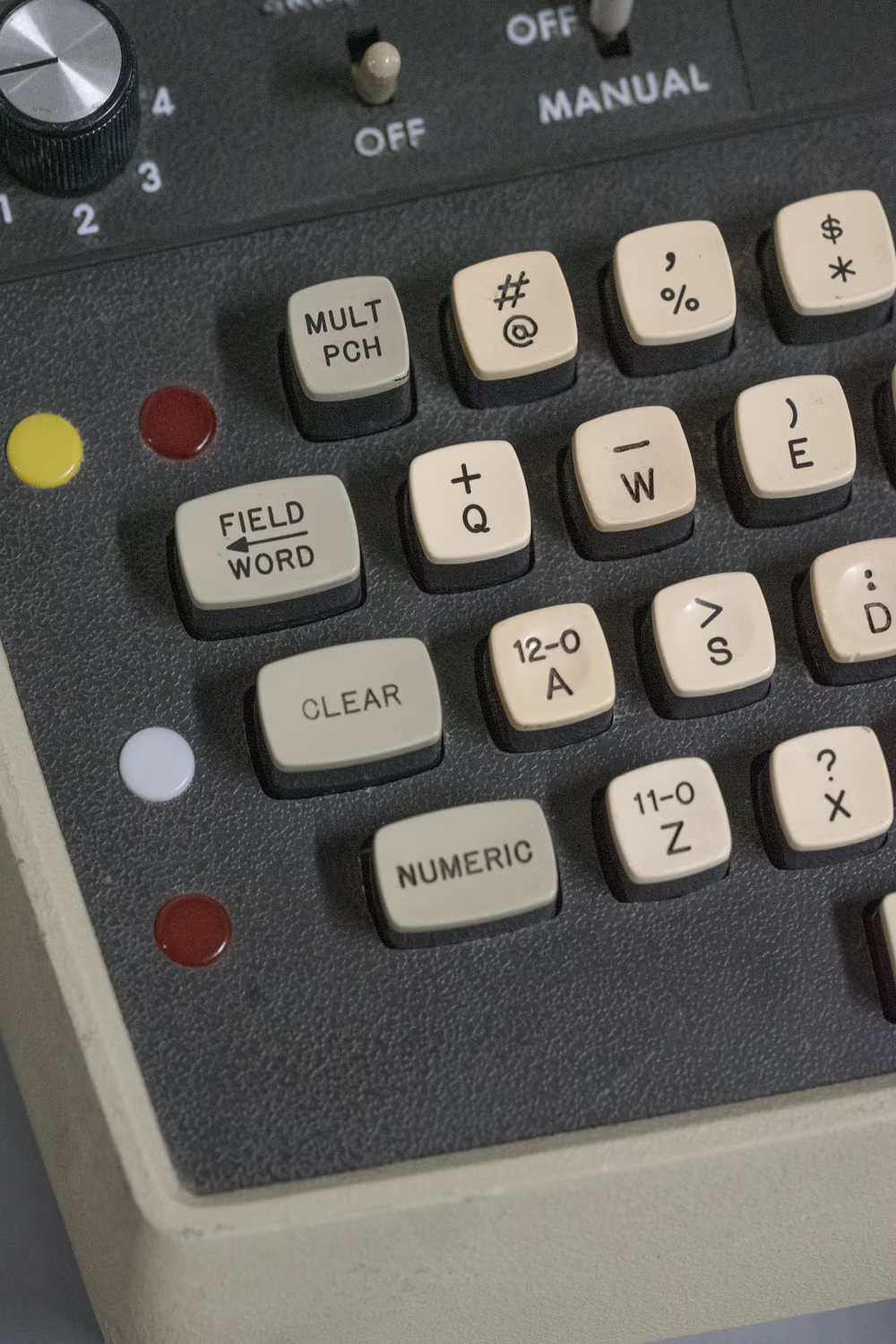Design
Only in newer keyboards are the letters printed on top of the keys, or charred from their surface by a laser. In older ones – those from the early 1960s laboratory computers, or the 1980s microcomputers – the way every key was constructed was by first molding the letter from plastic of one color, and then grabbing a different plastic and molding
... See moreMarcin Wichary • The Hardest Working Font in Manhattan
The desktop user interface is a mainstay of computing. Bread and butter, if you will. A pointer, icons, windows, menus and buttons, controlled using a keyboard and a mouse. Ingenious simplicity.
For almost half a century now, we haven't really managed to come up with something better, and that's not for lack of trying. This fact seems to annoy a lot
... See moredatagubbe.se • Past and Present Futures of User Interface Design
Learning From Terminals to Design the Future of User Interfaces
brandur.org
A lot of typography has roots in calligraphy – someone holding a brush in their hand and making natural but delicate movements that result in nuanced curves filled with thoughtful interchanges between thin and thick. Most of the fonts you ever saw follow those rules; even the most “mechanical” fonts have surprising humanistic touches if you inspect
... See moreMarcin Wichary • The Hardest Working Font in Manhattan
But we shouldn't build entire paradigms, or even just individual interfaces, based on the assumption that everyone else is using computers the same way we ourselves do. Most people don't conceptualize graphic design ideas or freestyle pretend corporate presentations. Some are controlling an industrial process, editing a feature film, designing an
... See more


